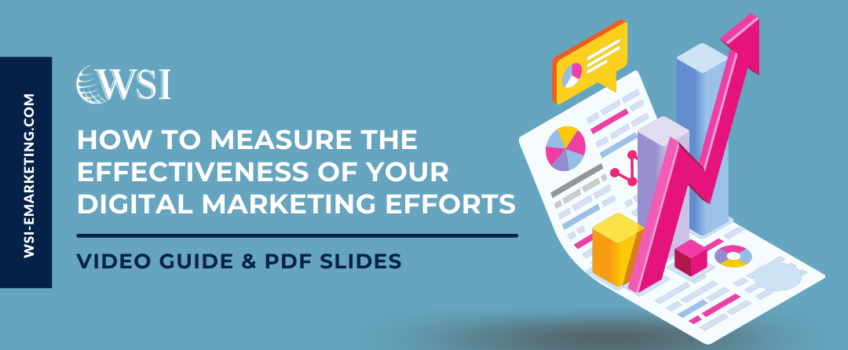
Measuring digital marketing effectiveness involves determining the overall effects of specific campaigns on the business. Analysts have designed patterns allowing companies to predict and understand the behaviour of customers. These predictions or trends require brands to analyse their strategies to know how many resources they used in marketing campaigns and what they achieved so far. This webinar recording hosted by Denise Bowen explores FIVE must-haves for measuring digital marketing effectiveness.
Why Is Measuring Digital Marketing Effectiveness Important?
As we are heading toward the end of a challenging year, what are the main areas of focus for your business in 2022? Measuring digital marketing effectiveness is all about knowing what has transpired in the past and present so you can plan for the future.
This entails finding out what worked, what hasn’t worked, your ROI (Return on Investment) and identifying which changes to your processes or operations will yield the best results. It all starts with understanding the metrics, attributing your leads correctly, testing and competitor insights.
1. Understanding The Metrics For Measuring Digital Marketing Effectiveness
The effectiveness of your marketing efforts is measured by the short-term and long-term revenue generated by a campaign and by how well the company’s costs of customer acquisition are subsequently lowered.
There may be countless data metrics to track but as not all businesses are the same, it’s vital to track what matters to you most. Some examples of important metrics include the following:
- Web traffic sources
- Brand awareness
- Demographics
- Technology (Device types)
- Form submissions
- Online chats (and conversions from Chatbots, for example)
- Media views or downloads (PDFs, videos, eBooks, Whitepapers or webinars)
- Shopping cart abandonment
- Online purchases
- Impression rates
- Email open rates
- Website traffic leads
- Returning visitors
- Lead conversion rates
- Customer lifetime value (LTV)
Never underestimate the value of a good PPC Campaign when measuring digital marketing effectiveness as global digital ad spend reached $389 billion in 2021, according to eMarketer. Here, you need to measure impressions, CTR (click-through rate), conversions, conversion rate, CPL (cost per lead) and the return on ad spend.
2. Lead Tracking Attribution
Lead attribution simply refers to assigning or attributing a specific source to a visitor on their path to purchase your products or services. The goal of lead attribution is to determine which channels and messages most impacted their decision to convert or take the desired action.
Knowing where your leads come from and what they did will help you create more effective marketing campaigns. Whether a lead comes from paid ads, social media, email marketing, blog articles, referrals or organic search (SEO), knowing what and how to measure the data can make all the difference.
Using Google Analytics For Measuring Digital Marketing Effectiveness
You can start your lead tracking and attribution by using Google Analytics, one of the most powerful tools at your disposal. It allows you to analyse large amounts of data from your website, blog or eCommerce site giving you a detailed overview of how your channels or campaigns are performing.
The benefits of using Google Analytics for measuring digital marketing effectiveness include the following:
- Understand your customer acquisition process from awareness to purchase
- Measure how many users have visited your site or page
- Understand how people are finding your website and how engaged they are on their first visit
- Track how people are hearing about your brand on social media and search engines
- Demonstrate how your marketing campaigns are resulting in increased sales revenue
- Measure the duration of time a viewer spends on a page
- See how many customers come from a specified category, such as Region, Industry, or Company Size
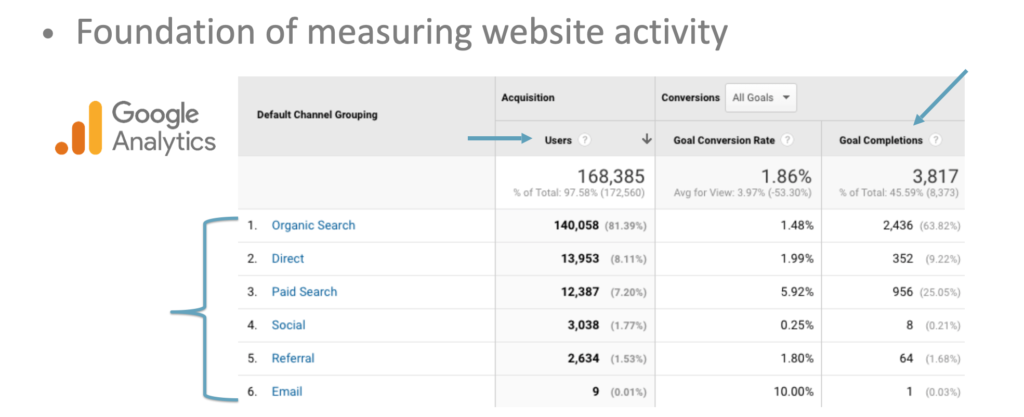
Using Call Tracking To Measure Website Goals Or Leads
One way to track visitors and conversions is by using phone calls which can be set up in Google Analytics. Here, you add a unique tracking number that is only visible online. When visitors call this number, they are directed to your business line. This allows you to track the number of calls you receive via the website.
Dynamic call tracking involves a pool of tracking numbers that will rotate and show a different number based on the traffic source. This allows you to break your data down to show how many visitors came from organic traffic, display ads or social media.
If you send customers physical documents such as postcards, posters or pamphlets, you can even add a specific tracking number and record the number of people who call you from those sources.
Contact Forms And Dedicated Thank You Pages
While some companies display their email address on the website, it’s not always recommended as it could lead to spam. It also makes it hard to track where they came from, whether it’s an email, website, social media, billboard or your branded vehicle.
We recommend using contact forms and thank you pages on your website. When they complete the form, you get a copy of their data via email so you know they’ve visited your website but how do you track the source?
The simplest solution is sending leads to a dedicated thank you page which they can only access by completing a specific form. Too many companies use forms with a generic pop-up message confirming their submission but it doesn’t track anything else. You can set up a form completion as a goal in Google Analytics and see exactly where they came from.
Using A Robust CRM For Measuring Digital Marketing Effectiveness
Sometimes the process is more complex and you required additional information. Except for eCommerce sites, Google Analytics can only track the goal or the desired action a user takes on your website but not all of these leads will turn into customers.
Of course, you can use your average close rate, average customer value to gain a better understanding of the channel’s ROI but for more accurate data, a robust CRM system can help. It can track the entire cycle of a customer from where they found you, the dollar value of a single client and the cost to acquire each lead among many others.
When running a PPC campaign, we recommend using the platforms directly whether it’s Google Ads, Twitter, Instagram or Facebook. For more details on this, please watch the video recording.
3. Test All Of The Data
The next step is to test all of the data for a greater overview of campaign results. When you start testing, you need to set goals of what you want to accomplish which could be increasing form fills or how many people clicked a certain button. You then test things to see what would yield your desired results and the first action is to test things that aren’t working.
You can perform AB / Split Testing to see what might work best. Here, you create different versions of a web page or display ad and change specific elements to see which one works best. Things to test include colour scheme, button placement, button design, image types, wording and actions (redirects).
You can also use heat mapping to see which part of the content the visitor focuses on more. Remember, testing is a reiterative process for best results, test -> analyse -> repeat!
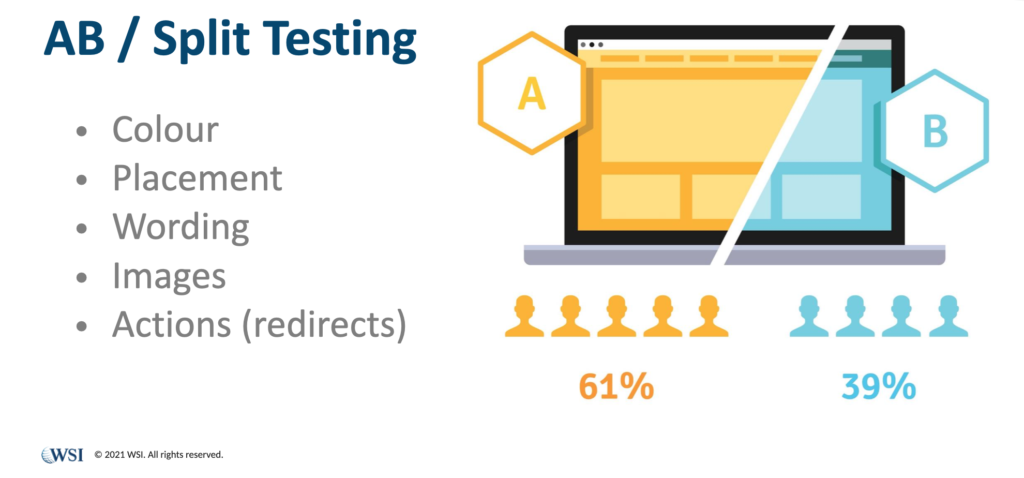
4. Using Dashboards And Benchmarks To View Results
Few things are as important as a comprehensive dashboard containing all the necessary data in one place. It can be broken down into sections and customised according to what matters most to your business.
Once you start reviewing month by month, per quarter or by season, you should be able to identify trends and compare performance to previous periods. This will help you determine the best ways to change your marketing message, platform or goals.
Website Performance Overview (Compared To Previous Year)
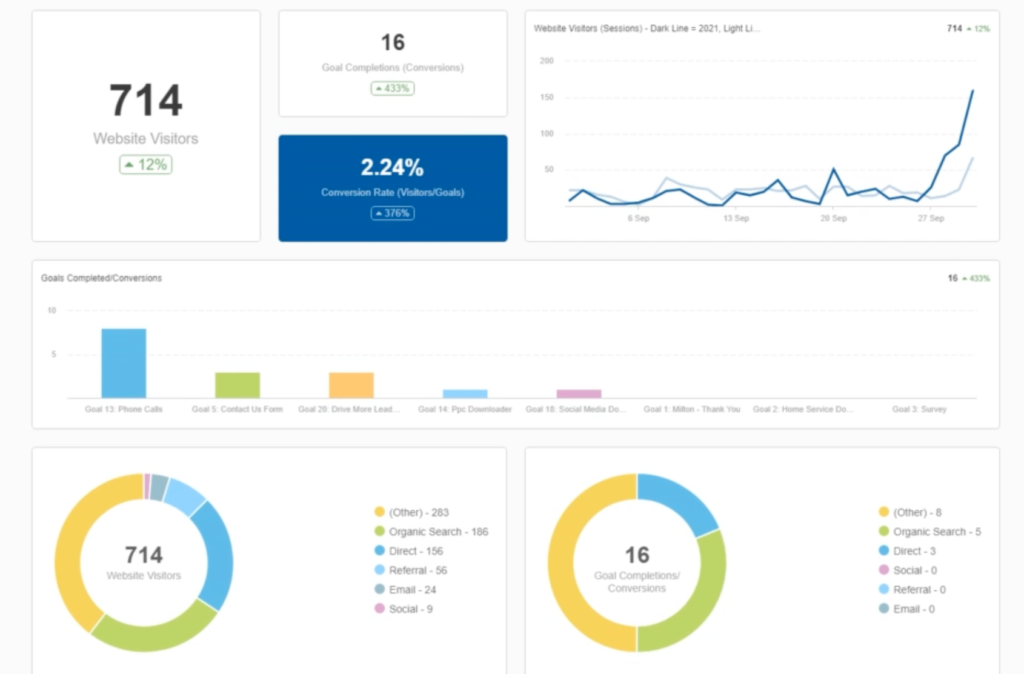
5. Understanding Competitor Insights For Measuring Digital Marketing Effectiveness
Many marketers often forget to take this step which is crucial when measuring digital marketing effectiveness. Besides, if you don’t know how you stack up to your competitors, what is the benchmark for your ROI?
Once you understand your metrics and marketing data, you can go further and see how it compares to your rivals. While having a goal upfront of the analysis is always recommended, competitive research is vital as it may reveal gaps in your strategy or certain things you are doing better.
As with the testing process, this is also not a one-off as you should be checking your competitors at least once or twice per year. Through competitive research, you can compare website traffic, audiences, organic search results and keywords, what content is most popular and what they are doing on social media.
Get Ahead With WSI-eMarketing
If there’s one thing you do after reading this article, please let it be opening and setting up your Google Analytics account. We can’t stress enough the importance of getting familiar with this powerful tool. It’s free to sign up and with many helpful articles from Google and many other online resources, you’ll have all the data you need at your fingertips.
In closing, measuring digital marketing effectiveness of your campaigns is essential for any organisation to grow its marketing strategies. By correctly tracking leads and making adjustments to your strategy accordingly, you are on track for success. For more digital marketing insights and solutions, please contact WSI e-Marketing today and click below to access the webinar recording and slide deck!
Related Post
Effective Facebook Marketing...
With over 600 million users, Facebook represents the single most connected platform on...
- March 1, 2011
- By Nadine Thomas
- Latest Online Trends
Monitor, Influence and Lead...
Get Actively Involved in the Outcome of Search Results Don’t take negative publicity...
- April 28, 2011
- By Rob Thomas
- ORM
Free Online Reputation...
Listen to What’s Being Said About You Online (Free online reputation monitoring...
- May 5, 2011
- By Rob Thomas
- ORM
Top Tips for Product Page...
As the internet evolves and user expectation becomes increasingly sophisticated, creating...
- May 31, 2011
- By Rob Thomas
- e-Commerce
How To Drive Sales With...
Landing pages have long been the primary tool of the web-savvy marketer. Whether the...
- June 12, 2011
- By Nadine Thomas
- e-Commerce
Top Tips for Product Page...
Your website marketing activities are geared to getting a qualified audience to your...
- June 14, 2011
- By Rob Thomas
- e-Commerce





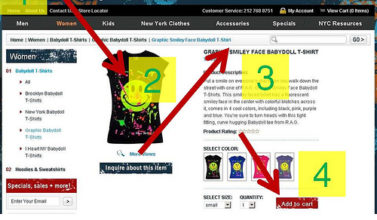
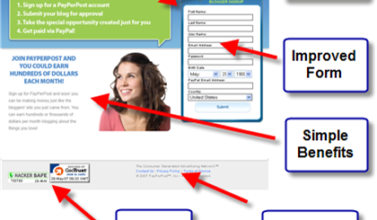
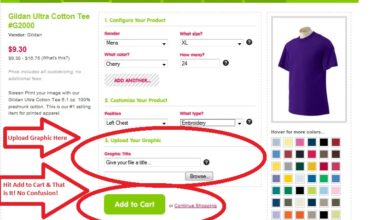




Leave a Comments